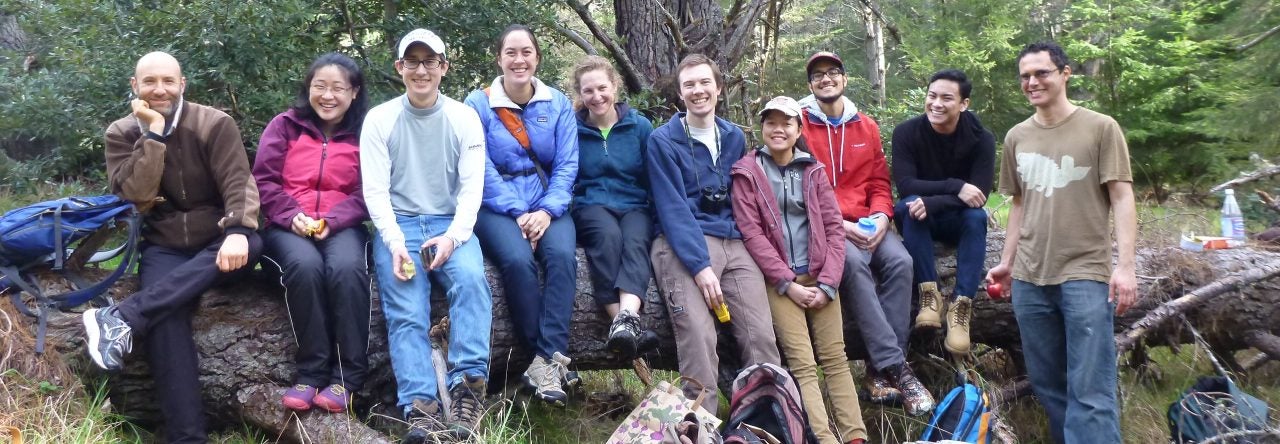For some reason, everyone really likes Dave’s work on hydras. Here are the recent articles:
Hydra “see” the light – but they don’t have eyes

The following posts list the most recent updates pertaining to our lab.
For some reason, everyone really likes Dave’s work on hydras. Here are the recent articles:
Hydra “see” the light – but they don’t have eyes
FYI for the students – here’s what Artyom will be teaching next year, see if anything looks potentially interesting.
Fall – BIS2A (Introductory Biology); this section will cover biochemistry, genetics, cell biology and development with some bits of evolution, ecology, and biogeochemistry mixed in. Graduate students interested in TAing for this class should contact the Microbiology office.
Fall – Genomics section of PBG 200A (Population Biology graduate core).
Winter – EVE150 (Evolution of Animal Development). This is a “play”, advanced class based mainly on the reading and discussions of original literature.
POSSIBLY – Insect transgenic technologies. This is an advanced undergraduate / graduate class I teach occasionally, whenever we accumulate enough interested people. If you would like to take this class, contact me. I will decide whether I’m teaching it by the end of Fall 2012 quarter.
Hey everybody – Pam has just received the College of Biological Sciences Citation for Outstanding Performance in Genetics. These citations “are awarded to students who have achieved academic excellence in their majors and who have participated in an independent research project”.
The CBS annual Honors and Citation Awards Ceremony will be held in the Ballroom in the UC Davis Conference Center on Friday, June 1st, 2012.
We will be reading a paper by Jonathan D. Gruber who is from Patricia Wittkopp’s lab. In the paper they compare Protein coding, cis, and trans mutations in S. cerevisiae that lead to an increase or decrease in the fluorescent of a reporter gene (YFP) http://www.plosgenetics.org/article/info%3Adoi%2F10.1371%2Fjournal.pgen.1002497 .
Angus, who has recently received an NSF EAPSI fellowship, will spend the summer in Taiwan working with Chau-Ti Ting and Shun-Chern Tsaur on the ecology of fly-microbe interactions in Taiwan. His work will focus on the roles of host species, diet, and chance in the assembly of gut microbial communities of ecologically diverse Drosophila species.
Dave wins a postdoctoral fellowship from the Life Sciences Research Foundation, which comes with major kudos and oodles of money. Pity the poor hydrozoans – nothing can save them now.
Daniel receives a PUF grant to work on the sex-specific wiring of peripheral sensory organs into the CNS. The highly competitive PUF grants promote independent research by UCD undergraduates, and Daniel is one of the very few freshmen ever to receive this honor. He joins the ranks of our previous PUF recipients – Pam, Helio, and Angela.
Pam gives a talk about her work on Drosophila gut symbionts, while Alexa, Matthew, Sandy, and Setong show off their posters on sex comb and chemoreceptor development at the UC-Davis Undergraduate Research Conference. Setong, as always, looks distinguished in a suit and tie.
Sarah receives a DDIG for her work on the comparative genetics of sex-specific color patterns in different Drosophila species. This grant will help her test whether similar phenotypes can evolve through changes in different genes.
Gavin receives an NSF pre-doctoral grant for his work on the evolution of doublesex cis-regulatory elements. His work will help us understand the molecular mechanisms responsible for the origin and diversification of new sex-specific traits.
Powered by WordPress & Theme by Anders Norén